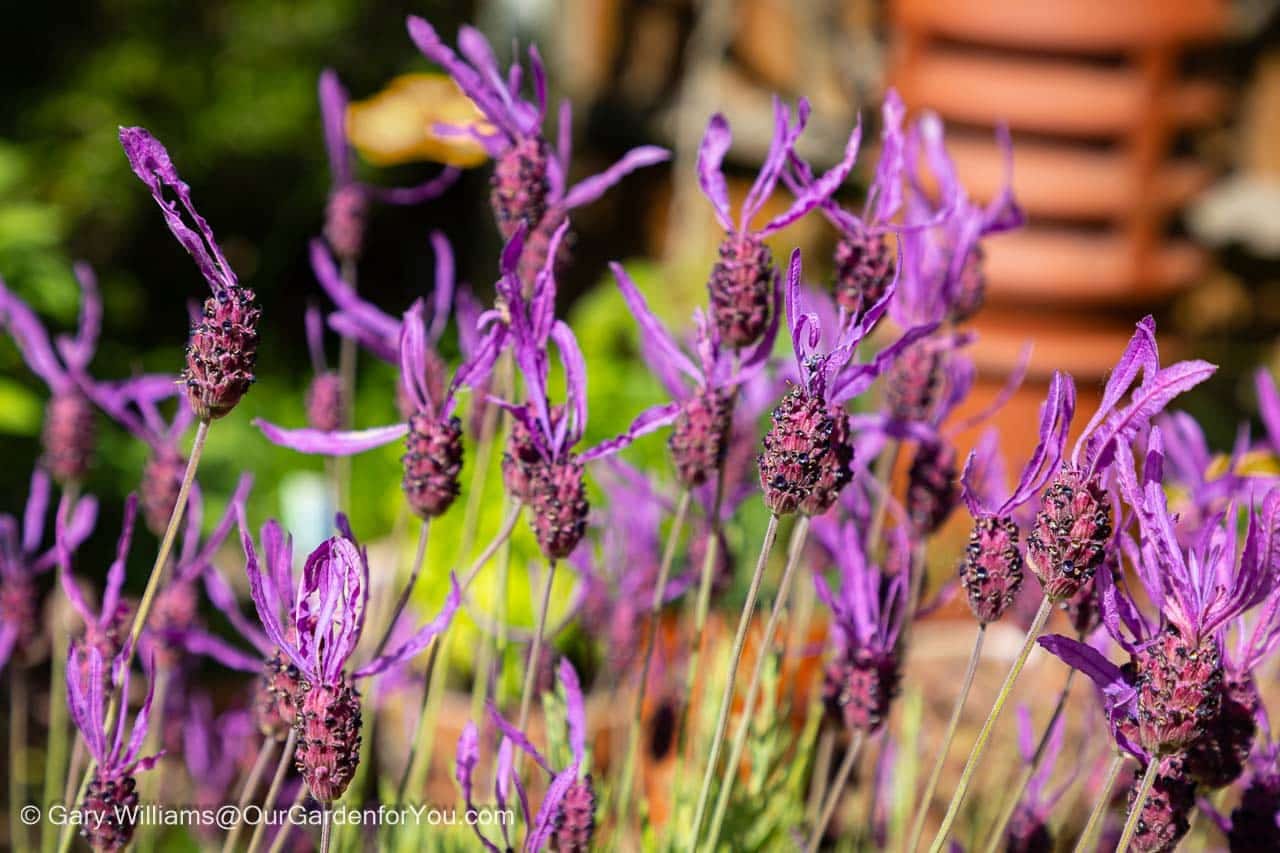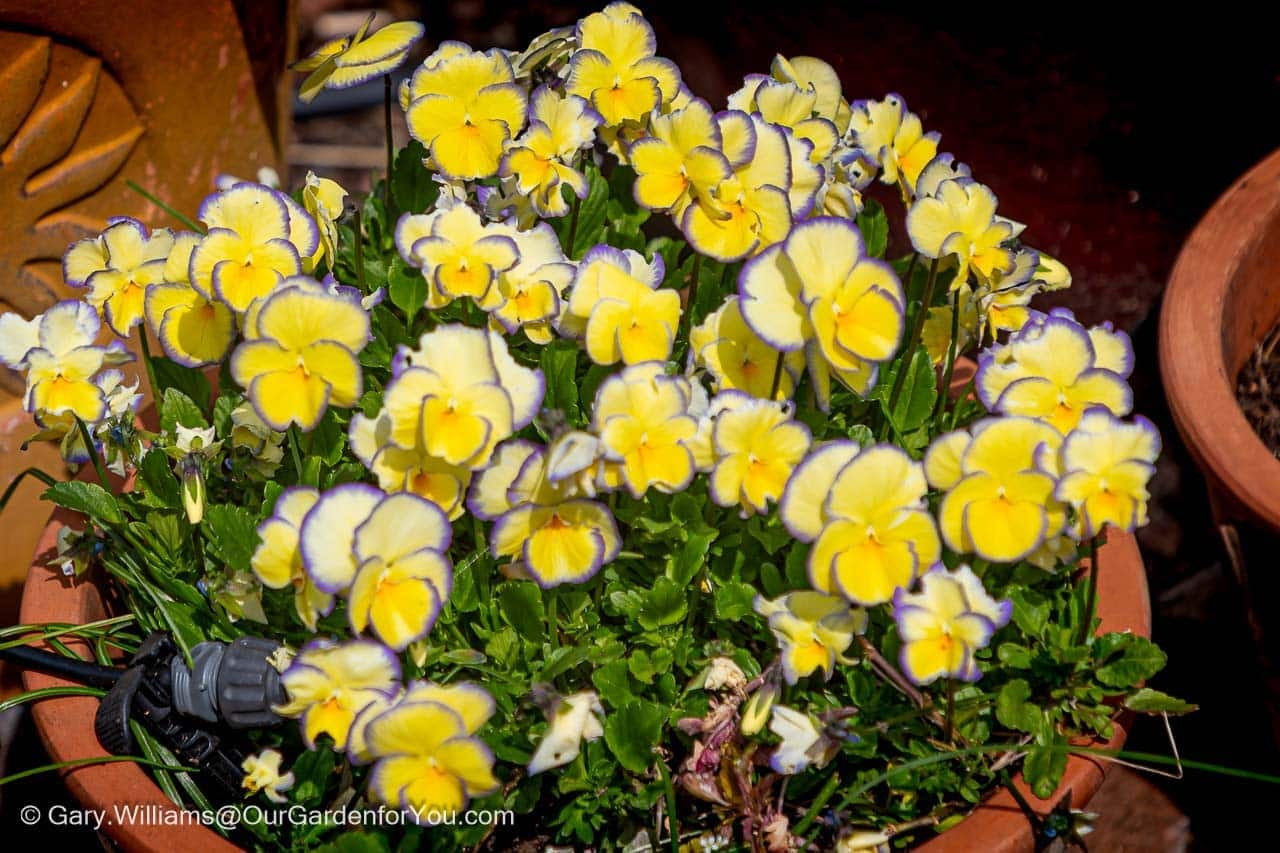Readying for spring
With autumn now upon us in the UK and a noticeable feel that temperatures have started to drop, it’s time to start prepping parts of the garden for the coming months.
There’s always something to be done, whether you have a small plot, an allotment or a lovely traditional country garden with seasonal beds and a verdant lawn.
Also, it’s never too early to plan ahead and flick through the pages of Gardeners World magazine for spring inspiration.
I appreciate that no garden is the same. We all have different jobs we need to do within our plots; however, here are a few tasks that we are undertaking.
Pinterest?
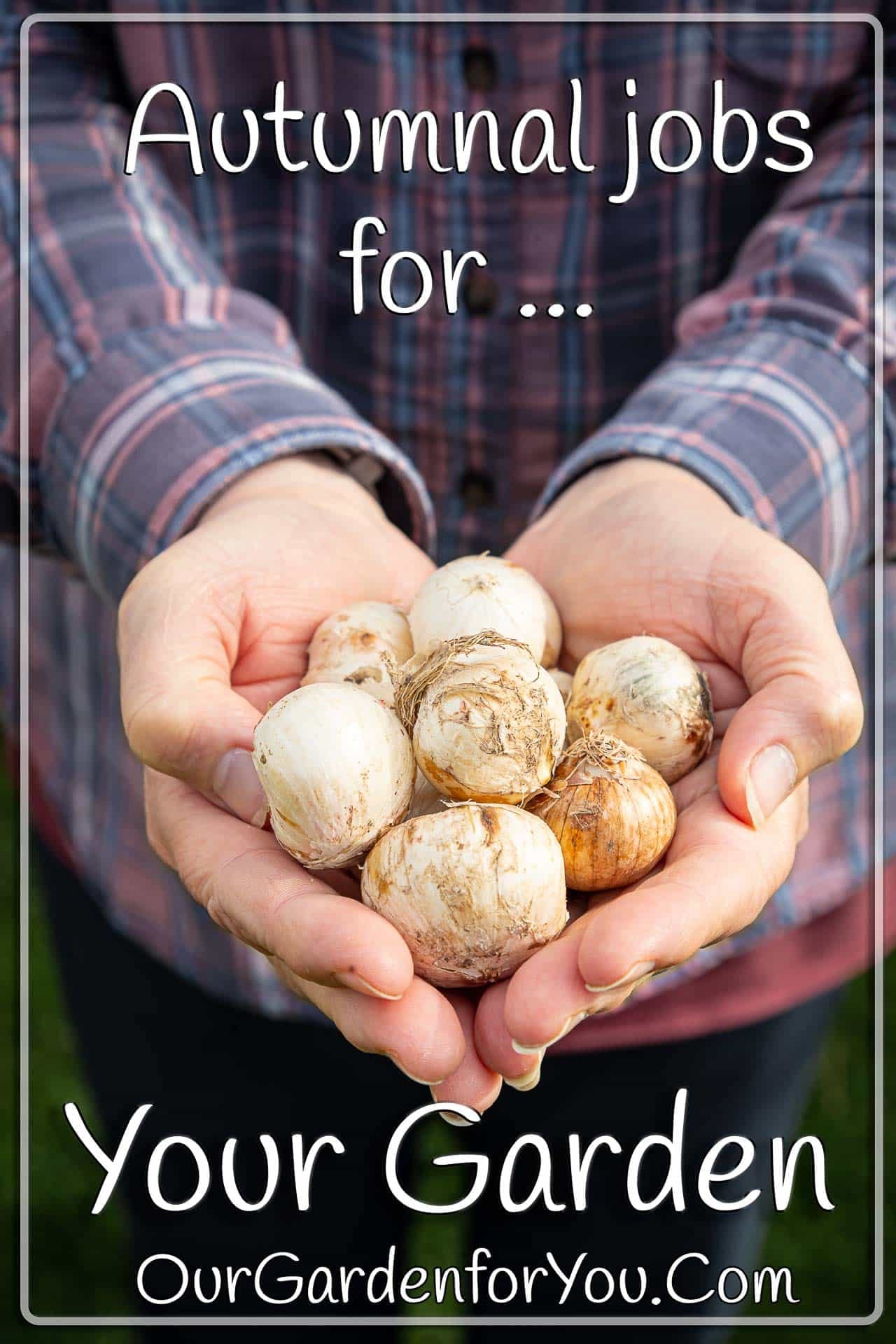
Seed collecting
Free plants for next season
However, over the last month, many of the plants have turned to seed which I’ve collected, and the remaining ones are on the cusp of harvesting. So, to ensure that you have free plants for next season, gather the seeds, place them in paper envelopes and store them in a dry place.
Oh yes, and don’t forget to label the envelopes; it’s also handy if you know the variety, although my hollyhocks are going to be named by colour.
Buying your spring bulbs
You can never have too many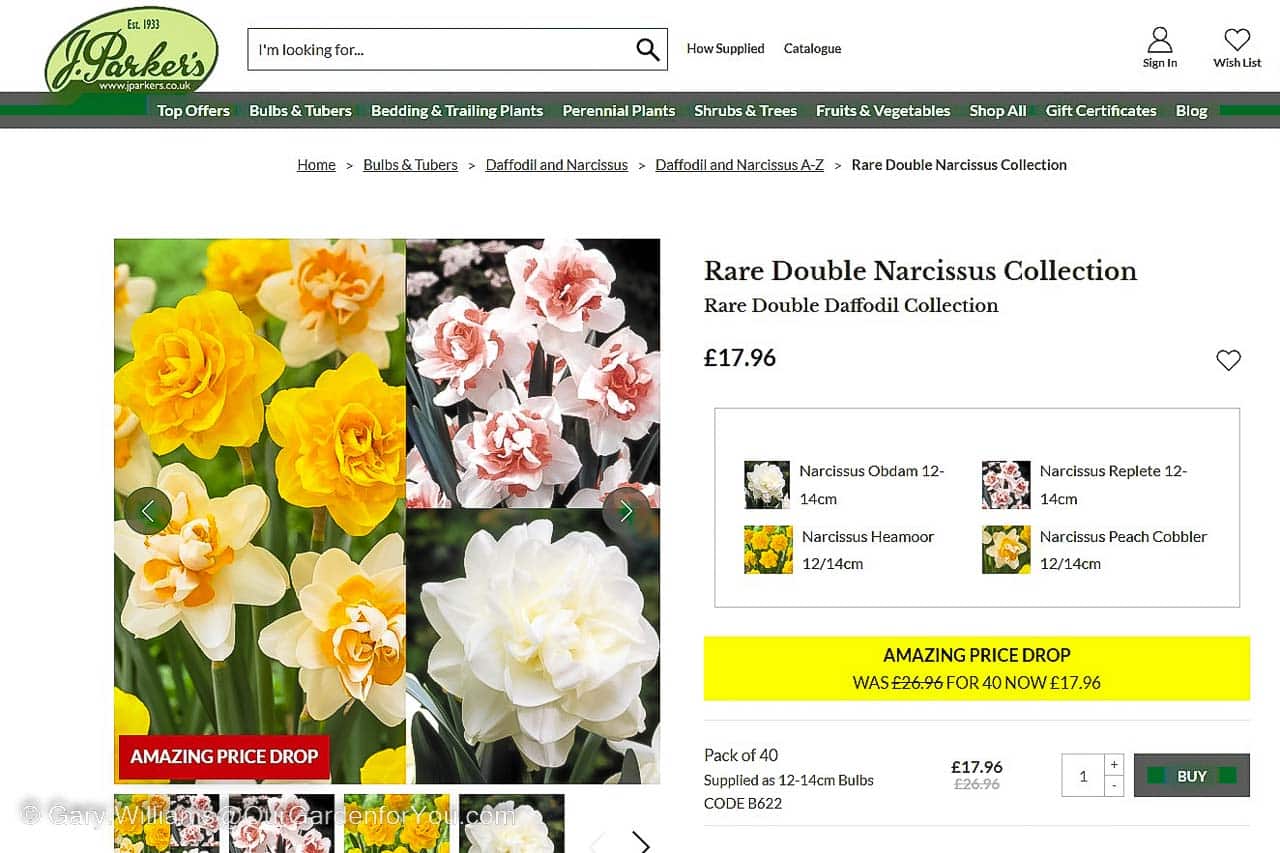
So, we’ve decided we want some beautiful spring colour in the garden and our courtyard patio. With this in mind for your spring garden, now is the time to purchase your bulbs (if you haven’t done so already) and start planting them up for springtime.
We’ve purchased our bulbs from J. Parker’s, which has a vast range of bulbs and regularly has special offers.
I’ll let you know how I get on with planting the 400 bulbs that I have turning up shortly.
Take hardwood cutting
Protect your softwood saplingsFor the first time this year, I took some softwood cuttings from a couple of our shrubs, which I hope to plant in the front and rear garden next year.
I took five soft cuttings from our Spiraea Bridal Wreath and five from our Salvia Hot Lips. I carefully trimmed them and removed the bottom leaves, dipped them in rooting powder, placed them around the edge of a plastic flowerpot, and tied a plastic bag over them. Amazingly 9 out of the 10 cuttings took with healthy roots, and I have potted them on separately.
Well, so far, so good and now is the time to keep them protected and store them in a sheltered place over winter and ensure they are adequately watered.
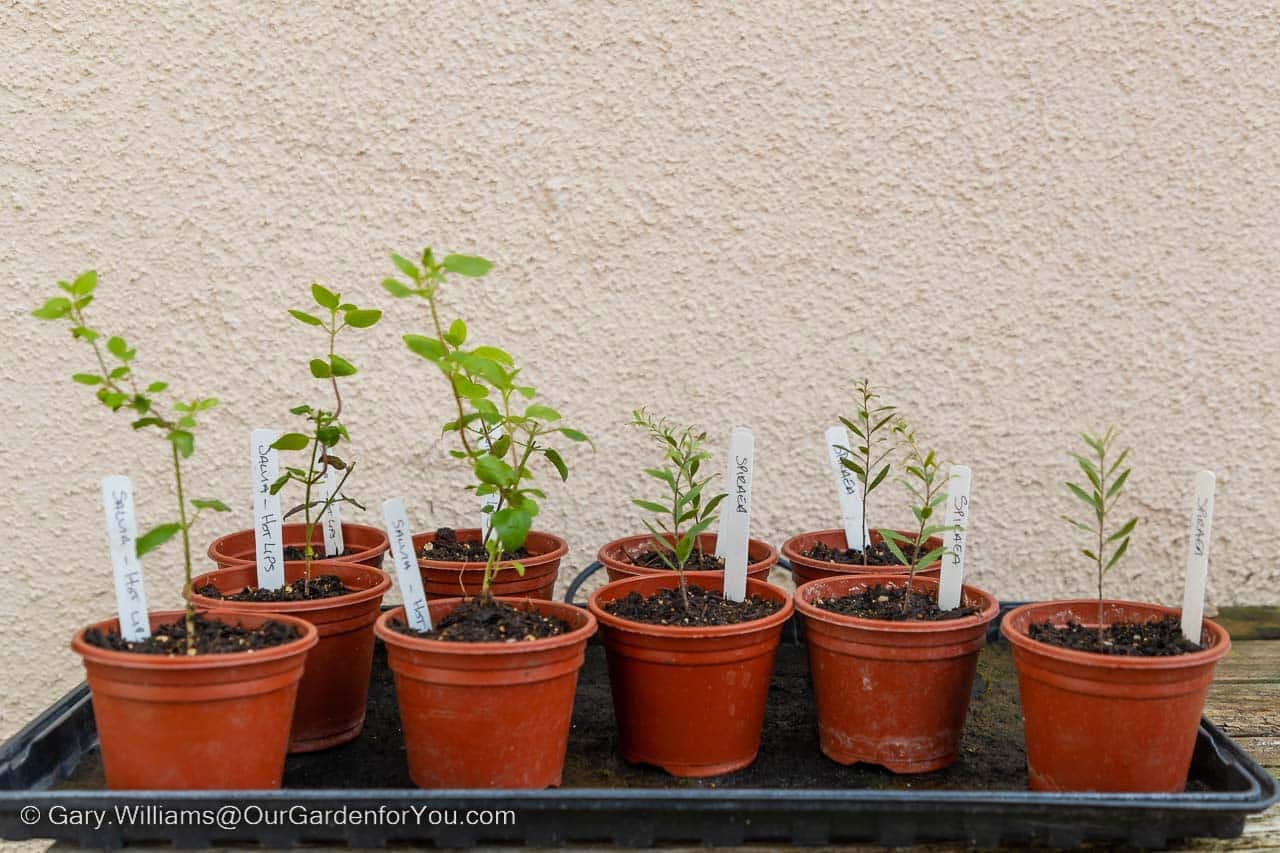
I’m not planning on taking any hardwood cuttings this year; however, now is an ideal time to do this as the soil in the UK is still typically moist and warm.
Ensure you research in detail the particular shrubs you wish to take hardwood cuttings from, as ‘one size does not fit all’. Some shrubs which you think are hardy may need propagating in spring.
Pruning & removing dead foliage
The last of the late perennialsIf you have any lavender that you wish to prune, I suggest you do it as soon as possible. We have six Lavender Munstead in our little Provence border, and I want to keep them looking compact and bushy.
Therefore, remove the shoots that have flowered by cutting them back to ¾ of 1 inch of the previous year’s growth.
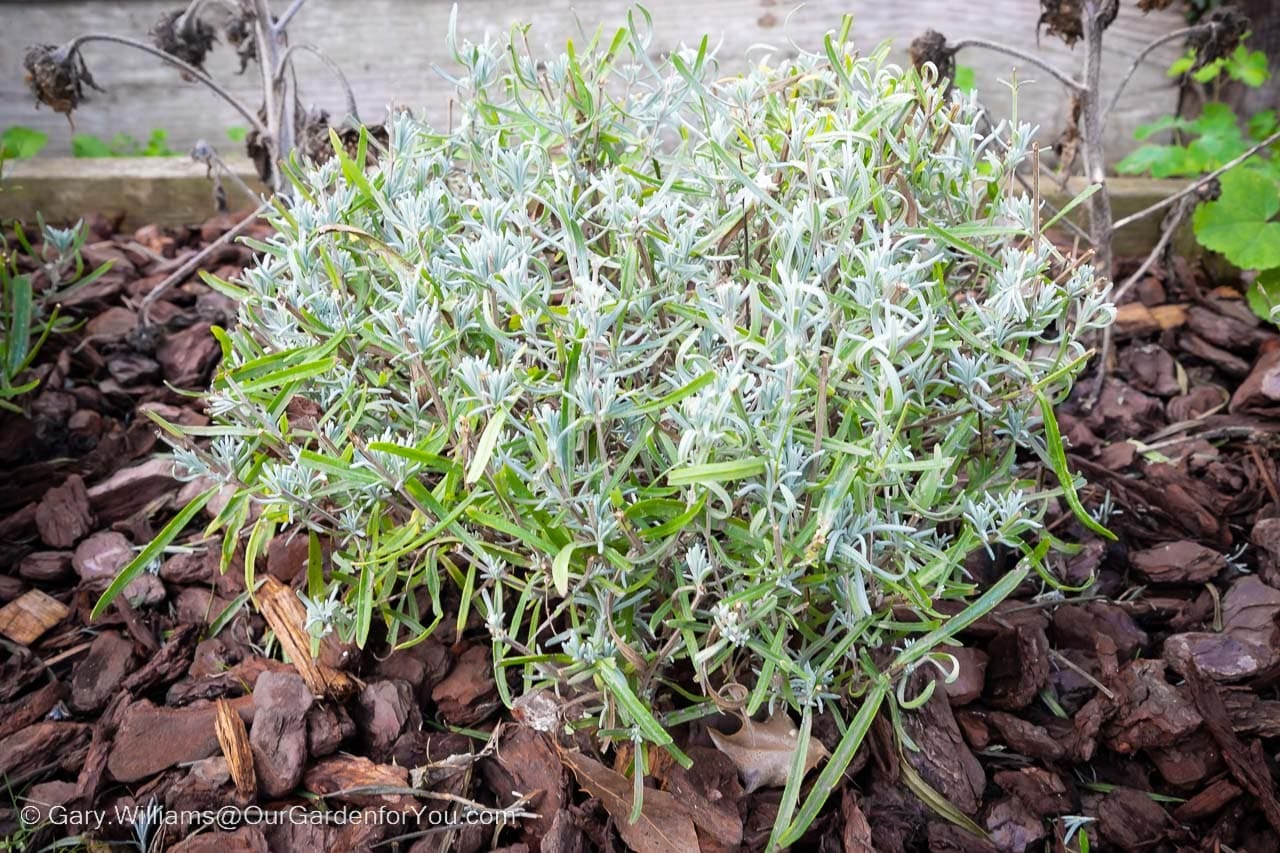
Keep an eye on your remaining perennials as once the flower heads and the foliage has died and turned brown, cut off the faded stems near the base of the plant. Ensure you prune them just above the new shoots or buds.
Depending on where you live, the month of October is the ideal time to cover some of your delicate plants, especially tree ferns, with horticultural fleece. The cold weather is looming, and the threat of overnight frosts is on the horizon.
Clearing your patio pots
Prepping them for springOnce your annual patio plants have come to the end of their flowering season, it’s time to remove them and clean up your pots. Our patio is quite well protected, so some of our bedding plants are still in bloom so, I’m reluctant to remove them at the moment.
However, our tomato plants that we were growing in pots on the patio have now been removed and composted. So, I’ll be prepping these pots for my bulb delivery in a couple of weeks.
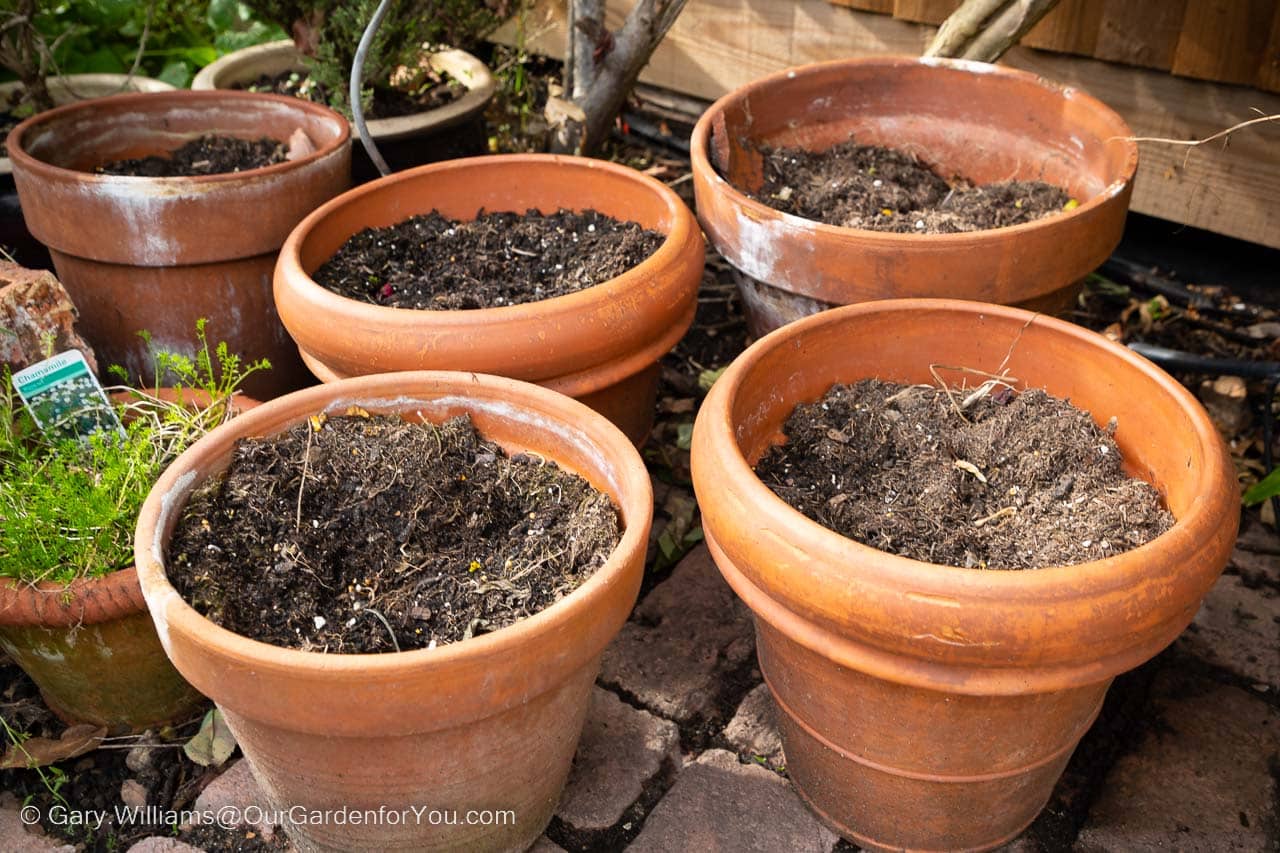
Earlier in the year, I mentioned that we installed a drip-feed irrigation system; this has been turned off for a few weeks now; however, it’s important that we disconnect it and remove the timer. Also, tidy up and manage the feeding lines in the pots.
The last ongoing task I will mention is cutting the lawn. Last year its final trim was October, and it was a bit too long when it came to its first cut of the year. We don’t mow the lawn over the winter months; however, this year, I aim to continue cutting it into November.
* This post may contain links to affiliated sites where we earn a small commission at no additional charge to you.

